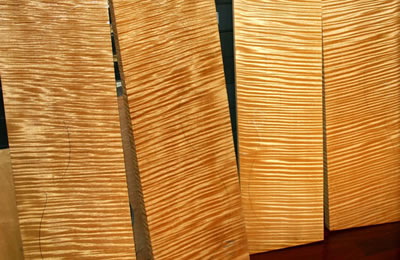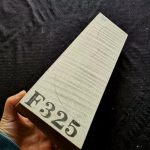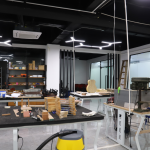In the world of stringed instrument making, the choice of wood is a crucial link in shaping wonderful timbre and unique texture. Flame Maple, with its distinctive texture and excellent acoustic properties, has become a “treasure wood” in the eyes of luthiers.
Flame Maple gets its name from the flame – like, flexible and undulating, and tiger – stripe – like delicate and regular texture on the surface of the wood. This special texture is formed by changes in the arrangement of wood cells due to environmental pressure, stress, and other influences during the tree’s growth process. Visually, its texture is either as fine as silk or as unrestrained as a flame, adding high visual artistic value to the instrument.
The primary reason why luthiers favor Flame Maple lies in its excellent acoustic performance. Flame Maple has a tight and uniform texture, enabling efficient vibration transmission. When used as components such as the back plate and side plates of a violin, it can keenly capture string vibrations, spread the vibrations evenly, make the timbre brighter and fuller, and produce an excellent resonance effect. The sound of the instrument is rich in layers and penetration, and the played melody is like a gurgling stream or a passionate horn, flexible and infectious.
Secondly, Flame Maple has good stability. During the use of stringed instruments, they have to withstand changes in temperature and humidity. Flame Maple is not easy to deform or crack due to environmental changes, and can maintain the stability of the instrument’s structure and timbre for a long time. It allows the painstaking works of luthiers to stand the test of time, accompany performers for many years, and always produce a moving sound.
Moreover, from an aesthetic perspective, the natural texture of Flame Maple is a unique decoration. The texture of each piece of Flame Maple wood is unique, and luthiers can use it to showcase their creativity, making the instrument not only a playing tool but also a work of art. A violin made of Flame Maple, placed on the desk, with the texture flowing, fully demonstrates artistic charm and can inspire the passion for creation and performance of performers.
Flame Maple occupies an important position in the wood for instrument making with its unique texture, excellent acoustic performance, and stable characteristics. It is a precious material bestowed by nature on luthiers, helping to create stringed instruments that combine wonderful timbre and artistic value, allowing the beauty of music to continuously flow and spread through the “body” of Flame Maple.


